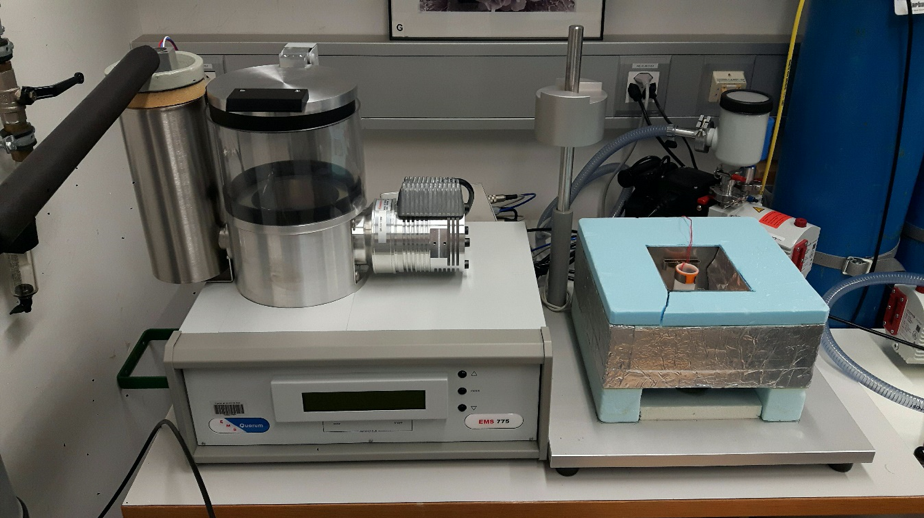K775X Quorum Turbo Freeze Dryer

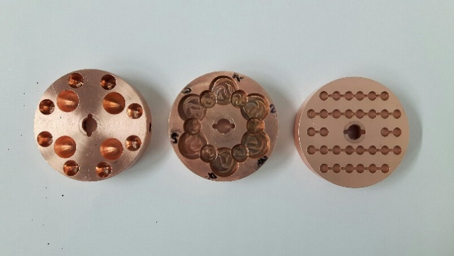
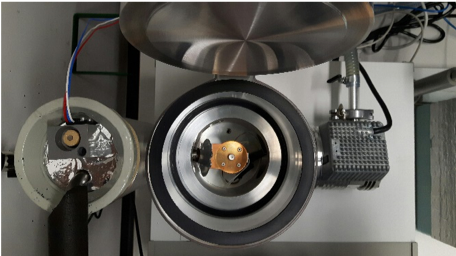
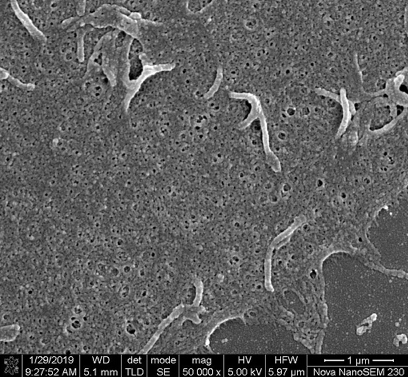
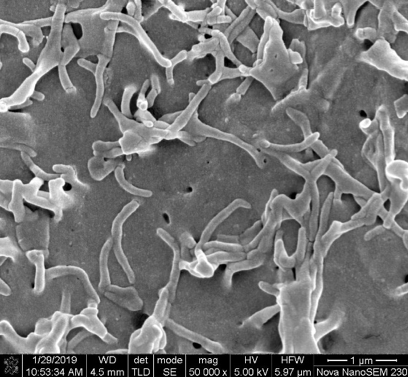

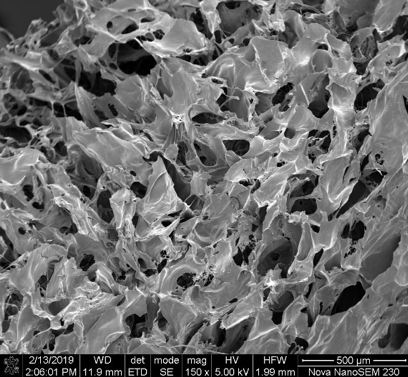
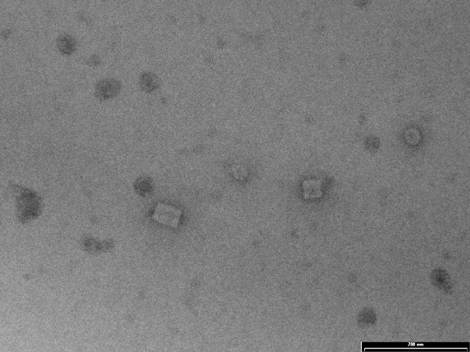
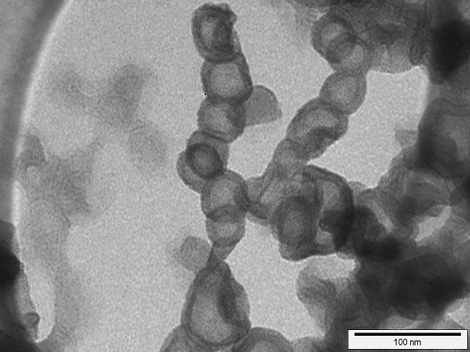
With this new equipment we developed an improved preparation technique to dry objects from liquid origin for investigation at SEM, TEM or AFM: Ultra Rapid Freeze Drying. Samples are first ultra-rapidly frozen and then the amorphous ice is sublimated at a vacuum of 10-5 mbar at 172°K. This approach guarantees a very high quality preservation of ultra-fine structures.
Features:
- Turbo molecular pumping – up to 10-5mbar
- Liquid nitrogen fed cold stage – temperatures below -80°C
- Liquid nitrogen “auto-top-up”
- Automated drying cycle: accurate time and temperature monitoring, programmable multi-segment sequence
Method: Ultra Rapid Freeze Drying (URFD)
URFD significantly reduces the distortion and shrinkage effects that occur when a wet specimen dries by normal evaporation. Distortion is due to the forces of surface tension that occur when going from a liquid to a vapor phase, such as from water to water vapor – the normal situation for biological specimens.
Ultra Rapid Freeze Drying overcomes this problem by careful sublimation of frozen specimens under vacuum at -100°C to -80°C – a process that avoids the liquid phase and thereby reduces distortion effects. The rate of sublimation is a function of temperature and vacuum with typical drying times being several hours or longer.
Working with the K775X
The K775X achieves low temperatures by using a liquid nitrogen fed cold stage. It can hold temperature for several hours, using an integral vacuum dewar.
For extended drying periods, the EK4100 ‘auto top-up’ system, consisting of a level sensor and free-standing 60L pressurized dewar, will allow unattended operation overnight.
Pre-frozen specimens are loaded onto the cooled stage of the drying chamber through the lid, using a specimen transfer holder either for biological samples, for 12mm round glass coverslips or for TEM grids. The K775X uses a built-in 60L/s turbo molecular pump, which gives an operating vacuum that is normally in the region of 1 x 10-2mbar to 1 x 10-5mbar. The K775X has controls for time and temperature and at the end of the drying cycle it allows specimens to reassume room temperature.

